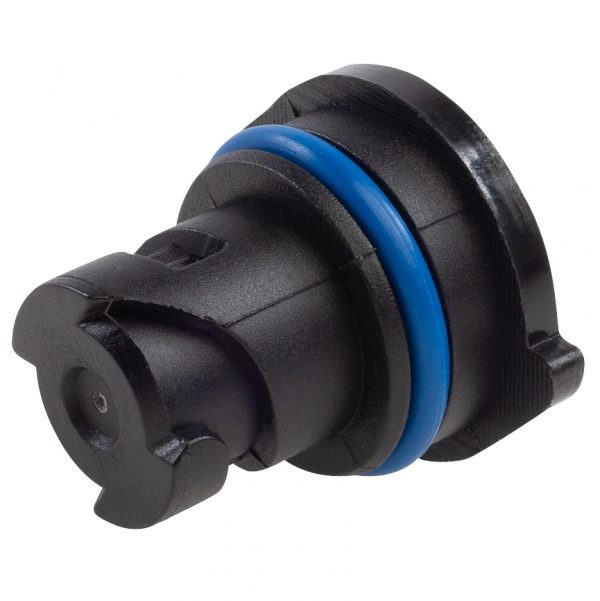Understanding Mechanical Shaft Seals for Enhanced Equipment Performance and Reliability
Understanding Mechanical Shaft Seals An Essential Component for Equipment Longevity
Mechanical shaft seals are critical components in a wide array of machinery and industrial equipment. Their primary function is to prevent the leakage of fluids and to protect internal components from contamination. This article delves into the significance, types, and applications of mechanical shaft seals, highlighting their role in ensuring the efficient and safe operation of various systems.
What is a Mechanical Shaft Seal?
A mechanical shaft seal is a device that provides a barrier between two different environments, typically separating a moving shaft from a stationary housing. These seals are designed to withstand high pressures, temperatures, and the wear and tear associated with rotating machinery. They play a vital role in maintaining the integrity of systems that handle liquids, such as hydraulic pumps, compressors, and gearboxes.
The Importance of Mechanical Shaft Seals
The integrity of mechanical systems is paramount in industrial applications. Leaks can result in significant operational issues, including
1. Fluid Loss Loss of lubricants or hydraulic fluids can lead to decreased efficiency, increased friction, and potential equipment failure. 2. Contamination Foreign particles, dust, and moisture entering the internal mechanisms can cause degradation and promote wear and tear.
3. Safety Hazards Certain fluids, especially in the case of chemicals or flammable materials, can pose safety risks if they leak, potentially resulting in hazardous working conditions.
By effectively preventing these issues, mechanical shaft seals contribute to extended equipment life, improved reliability, and enhanced safety in industrial operations
.Types of Mechanical Shaft Seals
There are several types of mechanical shaft seals, each designed for specific applications. Some of the most common include
mechanical shaft seal

1. Lip Seals These seals use a flexible lip that presses against the shaft surface, creating a seal. They are widely used in applications where moderate pressures are present.
2. Radial Shaft Seals Essentially designed for rotary applications, radial seals prevent the passage of fluids from the inside to the outside of a machine and vice versa.
3. Mechanical Face Seals These consist of two flat surfaces that slide against each other, with one surface mounted on the shaft and the other on the housing. They are typically used in high-performance applications, such as automotive and aerospace sectors.
4. Labyrinth Seals These do not rely on direct contact but instead use a series of grooves and chambers to create a tortuous path for fluid, effectively limiting leakage. Labyrinth seals are common in bearings and turbochargers.
Key Considerations in Choosing a Mechanical Shaft Seal
When selecting a mechanical shaft seal, several factors must be considered to ensure the right fit for an application
- Operating Environment The fluid type, temperature range, and pressure levels are critical in determining the seal material and design. - Shaft Speed High rotational speeds can lead to increased wear, requiring seals that can withstand such conditions.
- Material Compatibility The seal material must be compatible with the fluids it will be exposed to to avoid any chemical reactions that could lead to seal failure.
- Installation and Maintenance Consideration should be given to how easy the seal is to install and replace. Some designs may require specialized tools or knowledge.
Conclusion
Mechanical shaft seals are essential in preserving the functionality and longevity of machinery in various industries. By preventing leaks and contamination, they enhance efficiency and safety while reducing maintenance costs. With a variety of types available, selecting the right seal for a specific application is fundamental to the success of any mechanical system. Understanding the role and importance of these seals empowers industries to make informed decisions, thereby optimizing performance and extending the lifecycle of their equipment. As technology advances, innovations in seal design and materials will continue to evolve, further enhancing the reliability of mechanical systems, ultimately leading to safer and more efficient industrial operations.
-
The Ultimate Guide to Car Repair Kits: Tools and Essentials Every Driver Should Own
News Aug.01,2025
-
The Complete Guide to Oil Pan Gaskets: Sealing Engine Leaks the Right Way
News Aug.01,2025
-
Preventing Oil Leaks: A Complete Guide to Oil Pan Gaskets and Drain Seals
News Aug.01,2025
-
Everything You Need to Know About Oil Pan Gaskets and Drain Plug Seals
News Aug.01,2025
-
Essential for Car Owners: How to Use a Car Repair Kit to Deal with Minor Breakdown
News Aug.01,2025
-
Comprehensive Guide to Engine Oil Sump Gaskets and Related Seals
News Aug.01,2025
-
The Ultimate Guide to Boat Propeller Bearings and Trailer Wheel Bearings
News Jul.31,2025
Products categories















